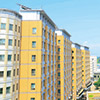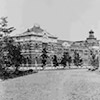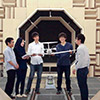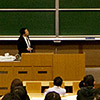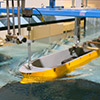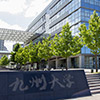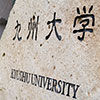Habitat Engineering
Department of Architecture and Urban Design, Faculty of Human-Environment Studies
Department of Urban Design, Planning and Disaster Management, Graduate School of Human-Environment Studies
Department of Architecture, School of Engineering
Our lab studies how building communities around public transportation helps cities use their land more efficiently.
This approach, which we call "Transit-Oriented Development," is key to making better use of urban land. Instead of letting cities spread out horizontally, it encourages them to grow upwards, creating denser, more vibrant areas. It is all about making sure that housing, shops, and recreational spots are all close to public transport, making them easy to get to.
This way of developing cities has several benefits:
● It boosts the economy by making it easier for people to access jobs and services.
● It creates a fairer society by improving access for everyone.
● It is better for the environment because it reduces the need for large land areas and reduces energy use.
Transit-Oriented Development is a forward-thinking way to grow cities. It creates a balance between getting around easily, having a good quality of life, and protecting the environment. As cities worldwide grapple with rapid growth or shrinking populations and face climate challenges, this model offers a strong foundation for building inclusive, efficient, and adaptable urban spaces.

uilding communities around public transport makes it easier for people to get around and helps the economy grow.
Staff
Assoc.Prof. Prasanna Divigalpitiya
The Main Research Topics
- Multimodal Transit-Oriented Development (TOD)
- Active Transport in cities
- Strategies of urban land use efficiency
- Urban Heat Island Effect and thermal comfort in Tropical Urban Areas


